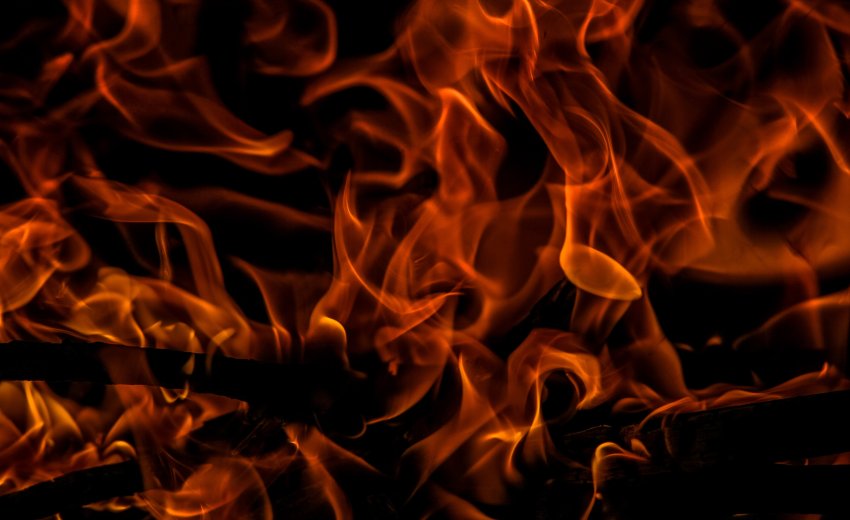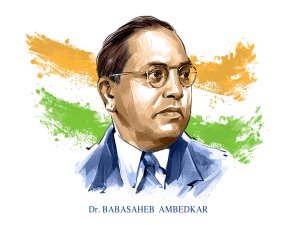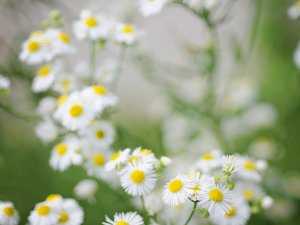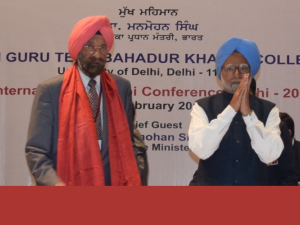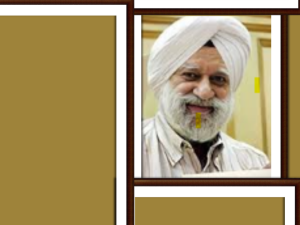My village Dhudial was located on the Mundra Bhaun railway line and it was a known Sikh village in district Jhelum. Our village had a Khalsa High School, a middle girl's school and four gurdwaras. The Sikhs were traders and most of them had families in Iran. The community was very rich and three-storey buildings were a common sight. Dr. Mathura Singh Kohli of our village was a prominent freedom fighter during Gadar movement and was hanged in 1917 in Lahore 2nd conspiracy case. S. Sahib Singh was a leading businessman in Iran and founded Hind-Iran Bank in 1945. I am witness to a colorful wedding of his daughter in the village. We had good relations with Muslims who were mostly in army or doing farm services. Muslim students in our schools were allowed to have separate prayers in the morning. The village was deprived of any modern facility like electricity, water, bathroom in the houses, any entertainment program and playing Kabbadi or volleyball was the normal practice. Many people kept mules and horses which were the mode of conveyance for going to other villages.
The Muslim League gave a call for direct action to press for their demand for a separate homeland in the first week of March 1947. This was a very clever move to put pressure on the British government to agree to the division of India on a communal basis. The call for direct action emboldened the Muslims in areas where they had a majority. The population of Hindus and Sikhs in the Rawalpindi division and Northwest Frontier Province was less than 10%. Soon after the call for direct action, Muslims in every village where they had a majority started taking out processions and threatening the Hindus and the Sikhs. Trouble started in Lahore on 7th March when at various places many Sikhs were fatally stabbed. This was a warning signal and a precursor to worse outbreaks. Attacks by Muslim mobs started in Rawalpindi and other places also.
When the elders of our community received the news of the attack on the Sikhs, they prepared a defense plan to stop the entry of outsiders. All the houses were connected with each other through wooden planks placed on the roofs. Every household was told to keep burning oil in cauldrons, bags of red chili powder and a stock of stones. Teams of young men were deputed to go around the village round the clock and keep watch. Two persons with 12 bore guns were appointed on guard at pivotal points. On 11th March, the Muslim crowd tried to enter the village for the first time, but it was beaten back. The next day, the Muslims came to attack us, better armed, and in larger numbers. We were no match for them in numbers but what we lacked in numbers, we made up in courage. One group was led by one of my uncles, Bhagat Singh Kohli who was known weightlifter and a short putter.
We had to engage them in a hand-to-hand fight on the outskirts of the village. It was a bloody skirmish, but we did not lose heart. I was a witness to this fight, and I shall never forget the horrific sight till my dying day. We suffered casualties but more than 10 Muslims were killed. The Muslims retreated that day but returned with an even bigger force on 13th March and succeeded in setting a large number of houses on fire. The fire spread in the entire area and burnt the houses like matchsticks. All the villagers were forced to seek refuge in the gurdwara Santpura, and then later in the evening, to Sunder Singh Kothi across the railway line. The huge mansion accommodated all of us who were seeking shelter. We sat there, watching the Muslim crowd advancing towards the kothi with burning torches. All the male members carrying swords and lathies created a human wall and were prepared to do or die. Ladies continued reciting Gurbani shabads.
It was a miracle that somewhere around midnight an army convoy, led by a British Major, arrived at the village. They had been alerted when they had seen flames of fire licking the sky as they had been on their way. So, ironically, the act of arson that had set our homes on fire and forced us to flee also acted as a distress signal and an SOS for help that could be seen by our rescuers. Had the army unit not reached the spot when it did, it would have meant certain death for us. Upon arrival, the army unit immediately surrounded the kothi and the Muslim crowd was forced to beat a retreat and run away. An army officer took my father, Balwant Singh Kohli, and Natha Singh Anand to locate the godowns where the food grains were stored in order to feed the victims. The next day a camp was opened in the gurdwara and hundreds of Sikhs from other villages were also given shelter. The main bazaar and the houses around the gurdwara were saved but the rest of the village was completely burnt down. After two days, Bhimsen Sacchar and Swarn Singh visited our village and were highly appreciative of the bravery of our youth and the way we had repelled the Muslim attack again and again. They listened to the stories of cruelty committed in various villages by the Muslims mob.
Master Tara Singh issued a statement requesting all the Hindus and Sikhs of our area to shift to Patiala and other places. We heard an announcement made by Maharaja Yadavindra Singh of Patiala offering shelter to all our people. We decided to leave for Patiala. But at that time, my father and his senior colleagues were of the opinion that this migration was temporary, and we would come back after India attained independence and the violence abated.
We, a family of five members, with only Rupees 300/- in our pockets, reached Rajpura by train. From there we travelled on a horse tonga to Bahadurgarh gurdwara where about 100 of us took shelter for the next few months. In a big hall on the first floor there were more than 50 of us and another group occupied the varandhas. I volunteered myself as a child labourer and earned money by delivering large milk cans to Bahadurgarh Fort, where a camp for the Muslims refugees from Patiala had been set up. We shifted to Patiala and stayed in a car garage for almost one year. Later on, I joined Khalsa High School, Patiala and cleared my matriculation exams in March 1949 with good marks. I got admission in Mahendra College, Patiala and earned a scholarship which proved to be a real boon. I completed my MA in Economics in 1955 from Punjab University. Gradually, I was able to settle down. Till date, I remember the two chairs and a table for my house that I first purchased.
Other people from my village also struggled hard and ultimately rose from the ashes. My school mates, Kuldip Singh became a Judge of Supreme Court, Baldev Singh Anand became Secretary, Government of India, Kulwant Singh Sabharwal was Chief Secretary, Haryana, P.S. Kohli was Army Commander Shimla, and our Headmaster, Hira Singh’s son, R.S. Talwar became the Chief Secretary, Punjab and Chairman of the Tribune Newspaper Trust, while the son of Gurcharan Singh another student in our school, Vikramjit Singh Sahney is a new Member of the Parliament; he is the President of World Punjabi Organisation. I, too, received the privilege to be a Member of the Indian Parliament and Chairman, National Minorities Commission with Union Cabinet Minister status. In business also our people established their names, for example, Mann Singh Chandhok and Sohan Singh Anand as the ‘Tire Kings’ in India. Ponty Chadha and his brother Dr. Rajinder Singh Chadha are known donors. We have a Dhudial Higher Secondary School at Patiala as well as Akal Dhudial Academy. There is also a residential colony in Pitampura, Delhi called Dhudial Apartments. All the people of our village are now settled in different parts of India and abroad and have contributed for the construction of Dhudial schools in Patiala.
I was able to visit my native village with my wife who was born in Lyallpur. It was a very sad experience to see that Dhudial has lost all its sheen. The high school is now a middle school. All the impressive buildings that used to be so splendid are now in shambles. Memories of those terrifying days still makes us shudder, but we are thankful to God and his benevolence that rescued us from the jaws of death.
SikhNet is honored that Sardar Tarlochan Singh ji, EX-MP, Former Chairman National Commission Minorities, India is sharing his personal recollection of historical events with our audience.
The opinions expressed here are personal to the author and do not necessarily reflect an editorial position of the SikhNet staff or board.
